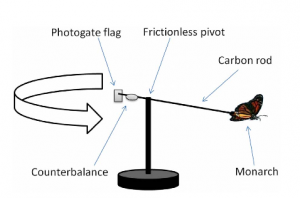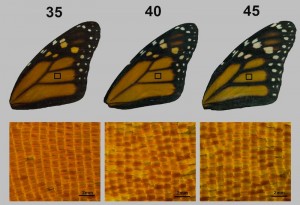I recently made a trip to Spring Creek Greenwayfor an insect collecting trip for my insect biology lab. This nature center contains bottomland hardwood forest alongside a spring-fed water way.
With such a large body of water present, the mosquito presence was quite strong. I made it a point to wear long pants, and a long sleeved t-shirt, and covered any revealing skin with DEET. However as the day progressed I found myself getting new bites, what seemed like every ten minutes, with mosquitoes penetrating both my shirts and pants. I found myself frustrated and irritated with countless spots on my body itchy as can be.
I did everything in my power to resist the urge to itch, but it was almost unbearable. As mosquitoes pierce the skin, they inject their saliva, which contains pharmacologically active compounds which inhibit our body’s initial immune responses causing anti-inflammatory activity, anticoagulation, and impaired platelet formation. The action results in a irritated, itchy area. A video of this can be seen here.
I returned home covered in bites, I asked myself if there was anything I could do to reduce the irritation and itchiness. I began to look into some home remedies to combat these symptoms. I wanted to explore treatments that were readily available from every day household items.
I asked myself if there was anything I could do to reduce the irritation and itchiness and began to look into home remedies. Using ice on the bite provides a shock of cold therapy, reducing swelling, and actually numbing of the nerves that are causing the irritation and itching. Apple cider vinegar is also known to be a good initial treatment because of its acidity to combat the off balance pH of the itchy skin. Baking soda can also neutralize the pH balance of the skin as a mild alkaline compound. Cooled tea bags are also known to ease the swelling with the tea’s tannins acting as an astringent, attracting the extra fluid out of the bite. Aloe is also known to have a soothing effect and can assist in reduction of itchiness and swelling.
So next time you find yourself covered in bites, itching from head to toe, I recommend you try some of these options as a quick fix. I wish I had known about them a lot sooner.



